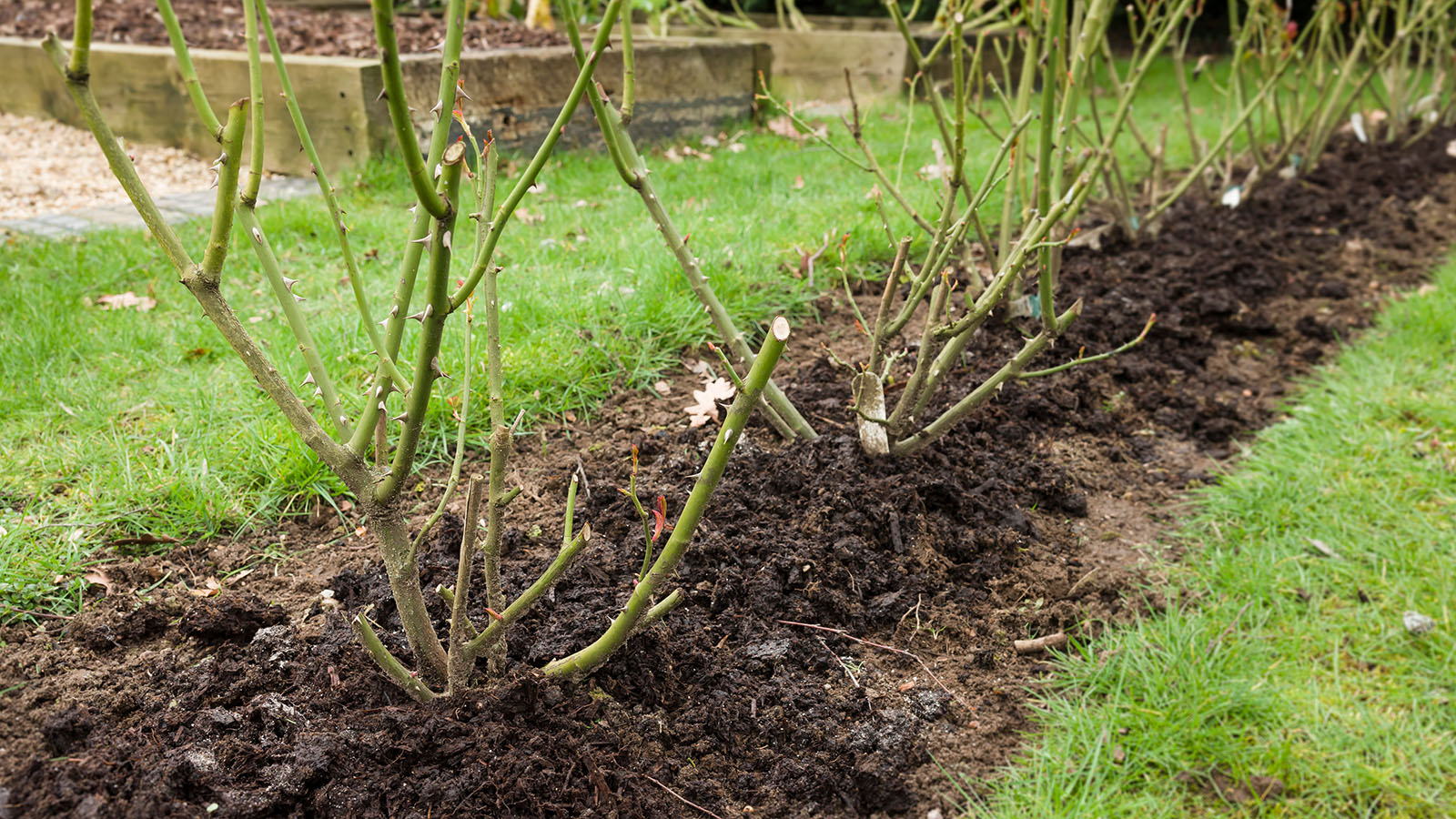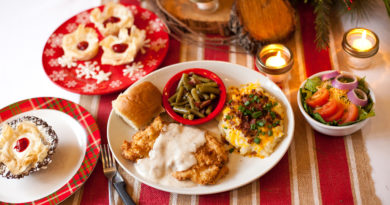Dreaming of Spring: Garden catalogs offer inspiration, hope in winter
By Amy Rognlie
Hope,” Emily Dickinson wrote, “…is the thing with feathers, that perches in the soul, and sings the tunes without the words and never stops at all…” Hope is also the thing without which we could not garden, to put it much less poetically than Dickinson.
Planting a garden — or even a few marigold seeds in a pot on a windowsill —symbolizes hope. Hope that life will go on, even in the midst of challenging changes or crushing sorrow. Hope that something of beauty will sprout and bloom out of plain, black dirt. Hope that spring will arrive again after a long slog through a dark, cold winter.
Studies show (and we know in our hearts) that being in nature is a tonic for whatever ails us. Surrounded by calming shades of green, the sun warming our back and our hands plying the dirt, the garden offers solace like no place else. It gives us room to breathe, space to dream and imagine all the possibilities of what could be. Almost in spite of ourselves, we start to plan. To imagine. To hope.
That is partly why, I think, that gardeners love seed catalogs. Not the flashy online versions, but the real, hold-it-in-your-hands-and-dog-ear-the-pages kind of catalog that dares you to dream the moment you pull it out of your mailbox. I’ve already received several, each with its own allure.
I love the recipes and the fascinating snippets of histories included in the Seed Savers Exchange catalog, such as the black “Cherokee Trail of Tears” bean: “This bean was shared by the late Dr. John Wyche of Hugo, Oklahoma. His Cherokee ancestors carried this bean over the Trail of Tears, the infamous winter death march form the Smoky Mountains to Oklahoma (1838-39) that left a trail of 4,000 graves.”
Or what about Russian pickling cucumber seed, which was reportedly brought to Hutchinson County, South Dakota, by the Schwartzmeer Deutsch (Black Sea Germans) in the 1870s? Even if you are not a fan of black beans or pickling cucumbers, how could you not want to carry on such a legacy in your own garden?
Other seed catalogs are equally seductive for other reasons: glossy photos, helpful planting instructions, pithy sayings, cherished recipes, how-to sections, or personal stories of gardening triumphs and tragedies. Regional or local advice is always welcome. In addition, many catalogs offer garden supplies you never knew you needed. Blossom bags, anyone? Or how about some handy-dandy lever loop plant grippers? Or Al’s flower pouch growing bag? Or some desert bat guano (especially good for green crops, I learned). You need it, they got it.

Here in Central Texas, we are accustomed to weather extremes, and this past summer was pretty extreme with the heat arriving extra early and staying long past its welcome. But hope springs eternal; am I right? The memories of dried-up tomato plants and withered rows of beans fade in the promise of spring and the siren call of all those seed catalogs. I mean, really. Who could resist the enchanting description of a Chilean glory flower? Or the mouthwatering anticipation of a “Moon & Stars” watermelon? Or the cute little “Snackabelle” pepper?
Not to burst your garden-planning bubble, but our climate here definitely puts some limits on what we can realistically grow. Believe me, I’ve tried and failed plenty of times, partly because plant descriptions and growing instructions in catalogs and on plant labels do not always apply to our growing conditions. If in doubt, do a little research online. There are many great resources for growing plants in our area.
So dream on (in moderation)! Then get outside and plant some hope. Let this be the year of the jelly melon cucumber. Or the purple dragon carrot. Or the Amish cockscomb celosia. You never know what will grow until you try.
Tips for February & March
Things to do outside
- Plant cool-season veggies such as lettuce, kale, beets, carrots, radishes, etc.
- Strawberry plants and onion sets can also go outside in February.
- Prune roses around Valentine’s Day and spread some extra compost around the base to help give a boost to spring blooming.
- Prune immature fruit trees, if needed.
- If it has been dry, water occasionally, especially before a freeze. Well-watered plants will survive cold temperatures better than dry plants.
- By the end of March, you might be able to plant warm-season veggies and flowers, but make sure you have your row covers handy for cold snaps.
Things to do inside
- Start warm-season crops like tomatoes, eggplant, cantaloupe, cucumbers and peppers and many flowers from seed.



